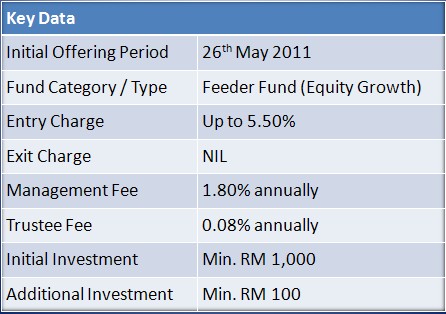New Bursa Malaysia comer, MSM is the leading sugar producer in Malaysia, with a total market share of 57% in 2010 (based on production volume). It is one of two sugar refiners in the country, the other being Tradewinds (M) Bhd. Following its listing, MSM will be the only directly listed sugar refiner in Malaysia.
It has two sugar refineries in Prai, Penang and Chuping, Perlis with production capacity of 1.11m tonnes per year, as well as the only sugar cane plantation and mill in Malaysia. MSM’s sugar cane plantation is 4,454 ha in size, while its sugar mill has a capacity of 5,500 tonnes/day.
No wonder MSM had gained 26% on its debut, albeit profit taking the following day. Yet, many investors are pouring their interest in this counter maybe for the following reasons:
- A potential beneficiary of a free market for sugar soon – in view of the Government’s moves to reduce subsidies for sugar over the last year and a half;
- Beneficiary of the Government’s long-term contract for raw sugar – given that raw sugar comprises 80% of its production costs;
- Beneficiary of weakening US$ - given that MSM imports 98% of its raw sugar requirements;
- Focusing more on export markets to grow margins and profitability - given that margins in the domestic market are relatively stable due to the price ceiling in place; and
- 36% growth in capacity within the next five years to cater for export opportunities given the widening spread between raw and refined sugar prices.
 |
| OSK Research |
MSM produces various products including fine granulated white sugar, coarse granulated white sugar, coarse brown sugar, soft brown sugar, icing sugar, caster sugar, super fine white sugar and molasses. White sugar comprises the majority of its sales volume. MSM’s sugar is sold under the brands of “Gula Prai” and “Gula Perlis”. MSM breaks down its sales into four categories:
- Domestic – which comprise sales to the domestic market and which is entitled to a subsidy from the government;
- Local export – which comprises sales to domestic industrial customers, who use the sugar to manufacture products for export;
- Export – which comprise sales to export markets like Singapore, Australia, New Zealand and Pakistan and are made via traders; and
- Other – which is made up entirely of sales of molasses.
Valuations and Fair Value
OSK Research: We peg MSMM to 13.0x FY11 EPS, which gives us a fair value of RM5.16. We are basing our valuation on 3 other non-government linked sugar refining companies with similar FY10 net profit and refined sugar production capacity. However, we think that MSMM should trade at a premium to its peer average PE of 11.7x given its link to Felda Group, which confers it the benefits that come with having a GLC as a majority shareholder. MSMM plans to pay out at least 50% of its earnings as dividend. Assuming a 50% dividend payout ratio, the stock offers dividend yields of 5.9% and 6.1% for FY11 and FY12 respectively.
 |
| Regional Peers Comparison - OSK Research |
RHB Research: For valuation purposes, we have compared MSM to its regional listed peers. In our view, although Tradewinds is the only other sugar refiner in the country, we believe MSM is not directly comparable to Tradewinds, given that Tradewinds’ business comprises sugar, rice and palm oil. Based on our analysis, MSM’s regional peers are trading at an average PER of 11.6x FY11 and 10.6x FY12. As such, we attribute a target PER of 11x FY12 to MSM’s earnings, in between its regional peers’ valuations for FY11 and FY12, and obtain a fair value of RM4.90. This implies a 40% upside from the IPO price of RM3.50/share. At our fair value of RM4.90, investors would also benefit from a dividend yield of 4-5% p.a.




































